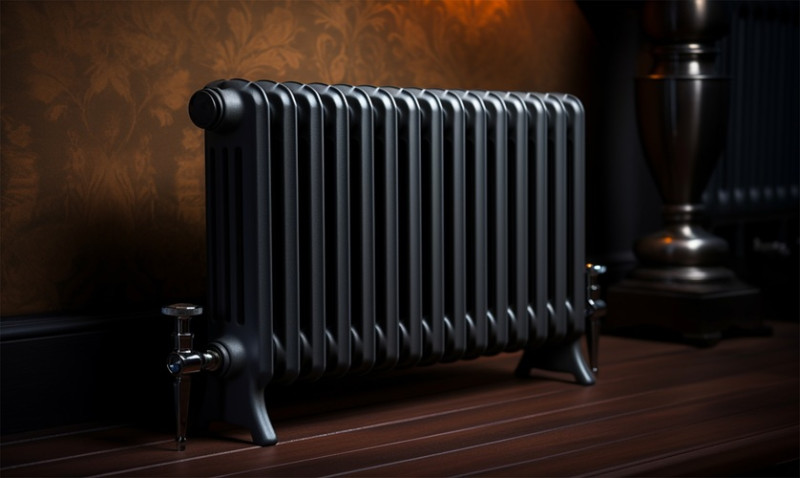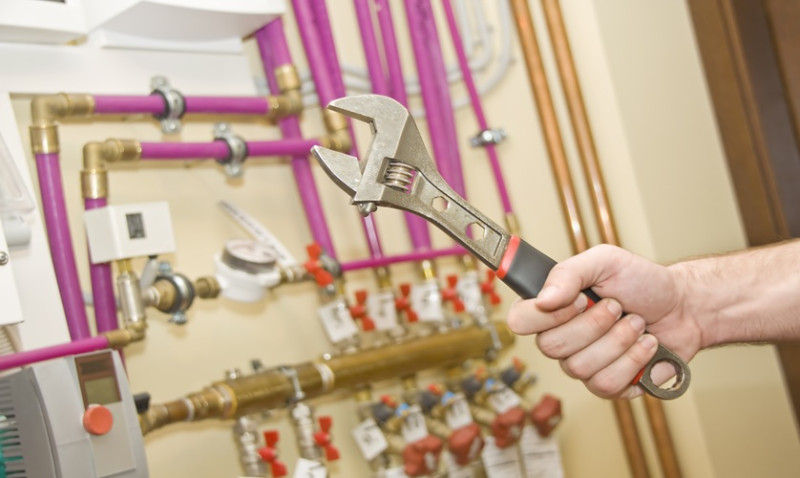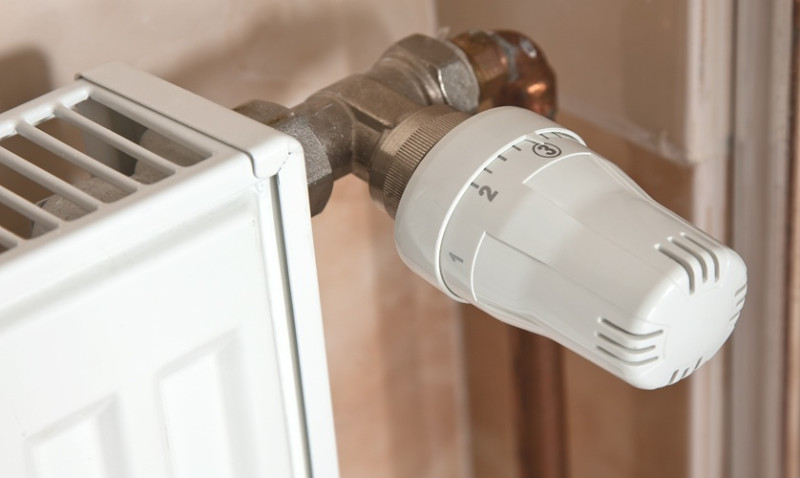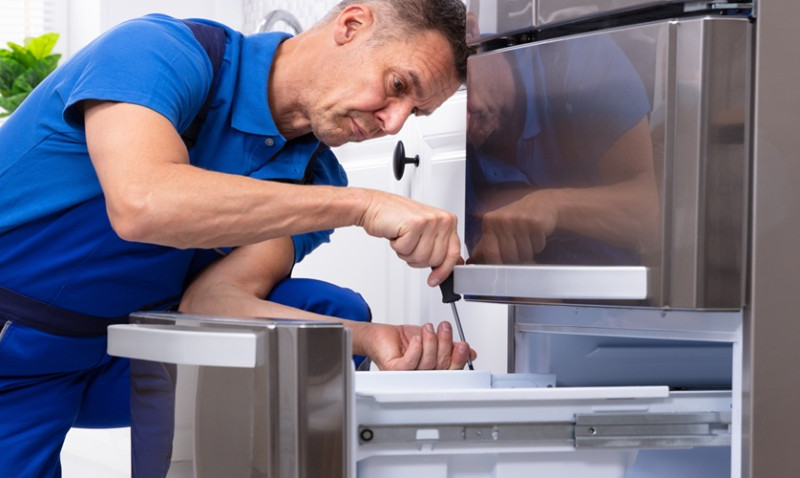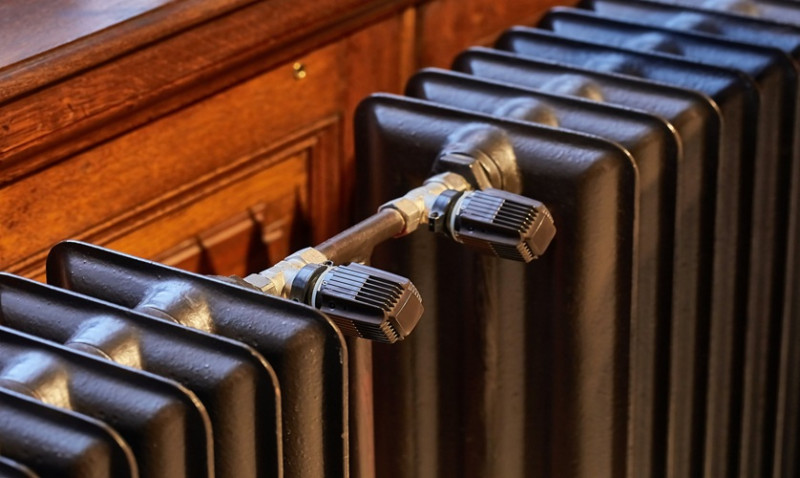
With rising energy costs and increasing awareness around sustainable living, choosing efficient radiators has become a smart priority for homeowners and professionals alike. Whether you're revamping your cosy Victorian terrace or working on a modern new build, efficient radiators can dramatically affect both your carbon footprint and your energy bills.
Many UK homes still use outdated central heating systems that waste energy and take longer to heat rooms properly. Swapping out these obsolete units for high-efficiency radiators can cut heating time, lower energy consumption, and improve your overall comfort. Investing in modern, energy-efficient radiators is no longer just a designer’s preference—it's an upgrade that pays for itself over time.
For architects and interior designers, selecting the right radiators can make or break the functionality and visual flow of a space. Today’s market offers plenty of stylish, compact and ultra-efficient models that work in harmony with contemporary and traditional interiors alike. Simply put, efficient doesn't mean boring anymore.
Whether you're a DIY enthusiast fitting out your own loft conversion or a tradesperson retrofitting an older property, understanding what makes a radiator efficient and how to pick the right one is paramount to achieving the best results for heat distribution, style, and performance.
What Makes a Radiator Efficient?
Radiator efficiency boils down to how much heat a unit can deliver into a room with the least amount of energy. Several key factors contribute to a radiator's performance, and understanding these can help you choose wisely.
Firstly, the material. Steel, aluminium and cast iron all offer different heat conduction properties. Aluminium radiators heat up and cool down quickly, making them ideal for rooms that you don’t use consistently. Cast iron holds heat longer and emits it steadily, which is perfect for living rooms or bedrooms that benefit from consistent warmth.
Design plays a critical role. Panel radiators (single, double or double with convector fins) are a popular choice in the UK due to their excellent efficiency to cost ratio. Column radiators and vertical models are excellent for smaller rooms and tight wall spaces, maximising heat without compromising style.
Valves and temperature control units also contribute significantly to efficiency. Thermostatic radiator valves (TRVs) can maintain stable temperatures in individual rooms, allowing zoned heating control that prevents overheating or unnecessary heat usage.
One often overlooked factor is insulation and room size. Even the most efficient radiator will underperform in a poorly insulated room. So always consider the broader context before choosing your radiator: walls, floors, window insulation, and placement all affect efficiency.
Top Types of Efficient Radiators
There are various styles of efficient radiators currently dominating UK's heating market. Here’s a look at the most recommended options depending on your property type and design goal.
Aluminium Radiators
These are lightweight, highly conductive, fast-acting radiators that heat up much quicker than traditional steel or cast iron models. Because they respond quickly to thermostat changes, they’re ideal for energy-saving environments where you only want warmth when and where you need it. Their modern design also makes them a favourite among designers working in urban flats or newly built townhouses.
Vertical Radiators
Ideal for tight spaces, vertical radiators allow you to make the most of wall space while delivering strong heat output. Many vertical models are now made from aluminium or slim-profile steel, combining style and performance for hallways, kitchens or bathrooms with limited real estate.
Double Panel Radiators
A solid go-to for the UK’s colder months. These radiators sandwich a second panel behind the first one, usually with convector fins to boost heat emission. They’re excellent for larger rooms where consistent and high-level warmth is required, such as open-plan living areas or large bedrooms.
Cast Iron Radiators
Although heavier and slower to respond, cast iron radiators boast iconic vintage styling and exceptional heat retention. Their slow, constant heat output makes them perfect for homes with stable temperature needs and aesthetic considerations, such as period properties or rustic cottages.
Energy Savings: What Can You Expect?
Making the switch to efficient radiators can significantly reduce your heating costs over time. In fact, pairing efficient radiators with smart heating controls like programmable thermostats or TRVs can cut energy bills by up to 30% annually.
Here's a quick comparison of average UK energy savings with efficient radiator upgrades:
| Upgrade Type | Approx. Annual Savings |
|---|---|
| Single to Double Panel Radiator | £60 - £120 |
| Steel to Aluminium Radiator | £40 - £90 |
| Add TRVs to existing system | £70 - £150 |
| Improve radiator placement & insulation | £100 - £200 |
These figures depend on your property size, usage habits and old heating system, but they illustrate how smart upgrades can lead to noticeable reductions in energy consumption and monthly bills.
Best Practices: Installation and Placement Tips
Even the most advanced radiator won’t perform efficiently if it’s installed poorly or placed incorrectly. Positioning radiators away from furniture or behind curtains allows optimal heat circulation. Radiators placed under windows are common in the UK and still preferred, as cooler air from windows helps spread warmth evenly across the room.
If you’re redecorating or renovating a room, it’s worth speaking with a heating engineer or using a BTU calculator to determine the ideal radiator size and output required for your space. Oversizing wastes energy, while undersizing leads to underheated spaces and overworked systems.
For DIY enthusiasts and tradesmen installing radiators themselves, ensuring level installation, proper valve connections and air purging (bleeding) is essential to get the most out of your new unit. Miss these basics and even the most premium radiator will underperform.
Additionally, consider reflective radiator foil or thermal panels behind your radiators to bounce heat back into the room instead of letting it escape through external walls. Small changes like this can dramatically increase performance without extra expense.
Style Meets Substance: Aesthetic Choices in 2024
Gone are the days when radiators were simply functional eyesores. Today’s market boasts designs that are as stylish as they are efficient. Slimline vertical radiators, mirror-finished panels, or vintage-inspired cast iron models are all popular with young professionals and designers seeking both looks and performance.
Colour choices go well beyond basic white too. Matte blacks, anthracite greys, metallics and bespoke painted options are widely available to blend or contrast with your room's colour palette. Radiators are now becoming design elements in their own right rather than something to hide or box in.
For those outfitting modern kitchens or spa-like bathrooms, towel radiators continue to be a favourite. Many new models use dual-fuel systems, allowing you to warm towels with electricity during summer months without relying on central heating.
If you’re an architect or interior designer working on client projects, specifying efficient radiators that complement the project’s look can be a small but defining touch. With underfloor heating not always ideal for every development, these high-performance radiators offer a reliable and cost-effective alternative.
Final Thoughts: The Future is Warm and Efficient
Whether you’re retrofitting a buy-to-let flat in Glasgow, renovating a listed building in Bath, or designing a sleek city penthouse in London, efficient radiators are a critical element of energy-smart living. With better thermal performance, lower running costs and improved aesthetics, there’s every reason to upgrade.
By investing in the right models and paying attention to installation best practices, you’ll not only enjoy a cosier living space but also save money and help reduce your carbon footprint. And perhaps best of all—you’ll no longer need to sacrifice design for performance.
For tailored advice, don't forget to consult with your local heating expert or tradesperson to ensure your radiator and heating system choices meet your unique space and lifestyle demands.
